DuMOR Alfalfa Hay Pellets, 50 lb.
Alfalfa Pellets should be fed at ground level and can be sprinkled with water for animals that may have dental issues, feeding disorders or are prone to choke. Feed by weight and not by volume. 1-2% of a horse’s weight should be fed daily in hay forages. This amount may vary depending on the animal’s nutritional needs and level of activity.
Alfalfa Pellets are a premium protein source of nutrition for animals needing maintenance to higher levels of digestible energy. Alfalfa is often the preferred forage for horses because of its high quality and good roughage value.
- Highly digestible and easy to feed
- Easily stored and transported
- Grown and processed in the USA
Ingredients
Alfalfa Hay (ground)
Caloric Content
Unknown
Guaranteed Analysis
| Nutrient | Analysis |
|---|---|
| Crude Protein | 15% min |
| Crude Fat | 1.00% min |
| Crude Fiber | 33% max |
| Moisture | 12% max |
| Ash | 14% max |
Feeding Guide
Alfalfa Pellets should be fed at ground level and can be sprinkled with water for animals that may have dental issues, feeding disorders or are prone to choke. Feed by weight and not by volume. 1-2% of a horse’s weight should be fed daily in hay forages. This amount may vary depending on the animal’s nutritional needs and level of activity.
- Make feed changes gradually over a period of 7 days. All forage grazing animals need long stem forage in their diets. When feeding bagged hay forage products, it is recommended that these products not be the animal’s sole source of forage when long stem forage is needed for normal digestion processes.
- >Consult your veterinarian or nutritionist to develop a total health care and nutritional program for your animal. All health care programs should include regular deworming, vaccination and dental care. The most important thing in a horse’s diet is water. Provide plenty of fresh, clean water at all times.
Additional information
| Horse Life Stage | Adult |
|---|---|
| Packaged Height | 24 in. |
| Packaged Length | 5 in. |
| Packaged Weight | 50 lb. |
| Packaged Width | 18 in. |
| Product Weight | 50 lb. |
| Manufacturer Part Number | 1000931 |

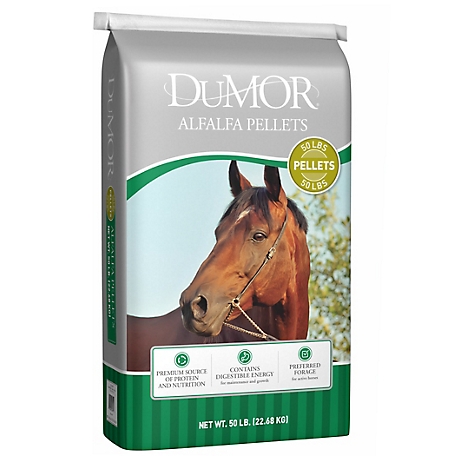
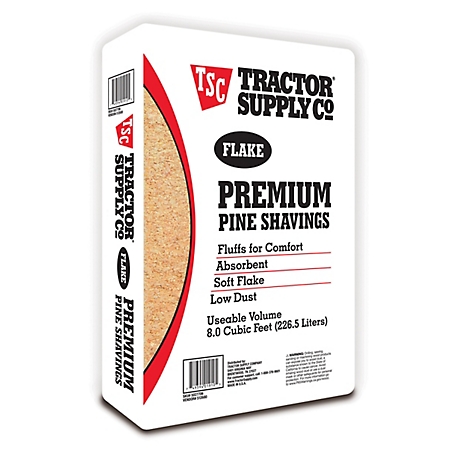

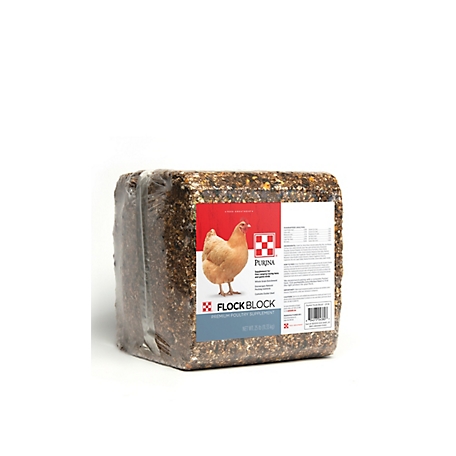



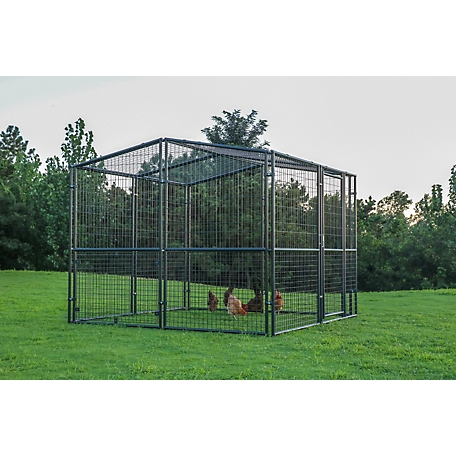
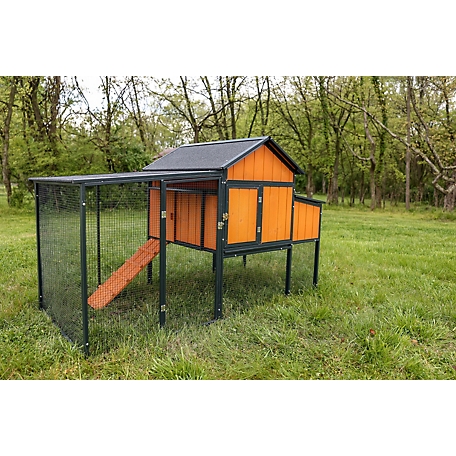
by Justice
Soaks quickly for easy feeding
by Connie
I like the dumor pellets. They’re smaller and soak faster as well as come in a 50lb bag vs 40. Great quality.
by Skeller
My goats like this as a supplement to free choice hay and goat feed.
by Kristin
Good feed pellets.